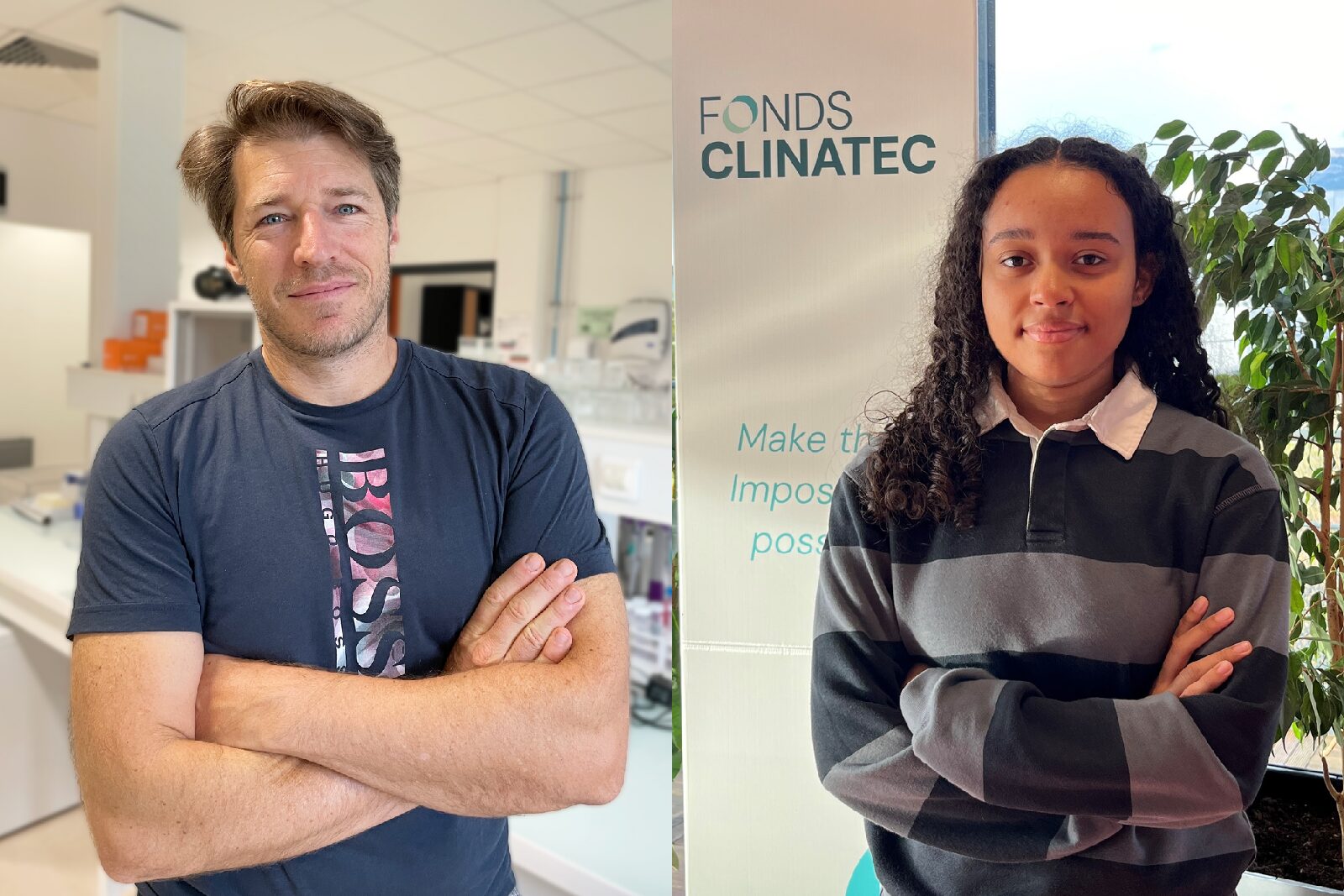After a thesis in experimental quantum physics on cold atoms at ENS Paris and a post-doc at EPFL, Tigrane turned his career towards applied research, joining CEA-Leti to develop imaging and image processing techniques for applications in biology and healthcare.
Attracted by our research themes, he joined the Fonds Clinatec team to apply his expertise in optics and light-matter interactions to innovative projects such as Tiroc , BioPhotons and PatchLight, focusing on the therapeutic and diagnostic use of light in the treatment of neurodegenerative diseases.
Hello Tigrane,
What is your academic and professional background?
I began my academic career in the field of cold atoms, in experimental quantum physics, with a thesis at ENS Paris and then a post-doc at the Ecole Polytechnique Fédérale de Lausanne (EPFL). I then turned my career towards more applied research by joining the CEA in Grenoble, in a laboratory dedicated to the development of in vitro imaging and image processing techniques for applications in biology and health.
How did you get to Clinatec? What encouraged you to join our team?
During my time at the CEA, I confirmed my interest in biology/health and discovered the research themes at Clinatec. So I joined the Fonds Clinatec at the end of my assignments at the CEA, to bring my expertise in optics and in the interactions between light and matter to the various projects involving the detection of light emitted by cells or the illumination of cells for therapeutic purposes.
What research project are you working on?
I’ll be working mainly on the BioPhotons, PatchLight and Covéa NeuroTec projects, all of which use light as a diagnostic and/or therapeutic tool in the context of neurodegenerative diseases.
What do you see as the main challenge in this research project?
From my point of view as a physicist, the technical challenges are centred on the detection of light: biophotons, emitted spontaneously by cells, are very few in number! They are therefore in ‘competition’ with the light emitted either by other parasitic sources or by the cells themselves, but in different processes. The challenge will therefore be to isolate, identify and characterise them in order to relate their properties (intensity, spectral distribution) to the states of the cells observed.
How do you think the Fonds Clinatec can help you advance your career?
I hope to deepen my expertise in the interface between living cells and photons, which is at the heart of the Fonds Clinatec’s themes, as well as contributing to research in the cutting-edge fields of biophotons and photobiomodulation.
Thank you and welcome!



